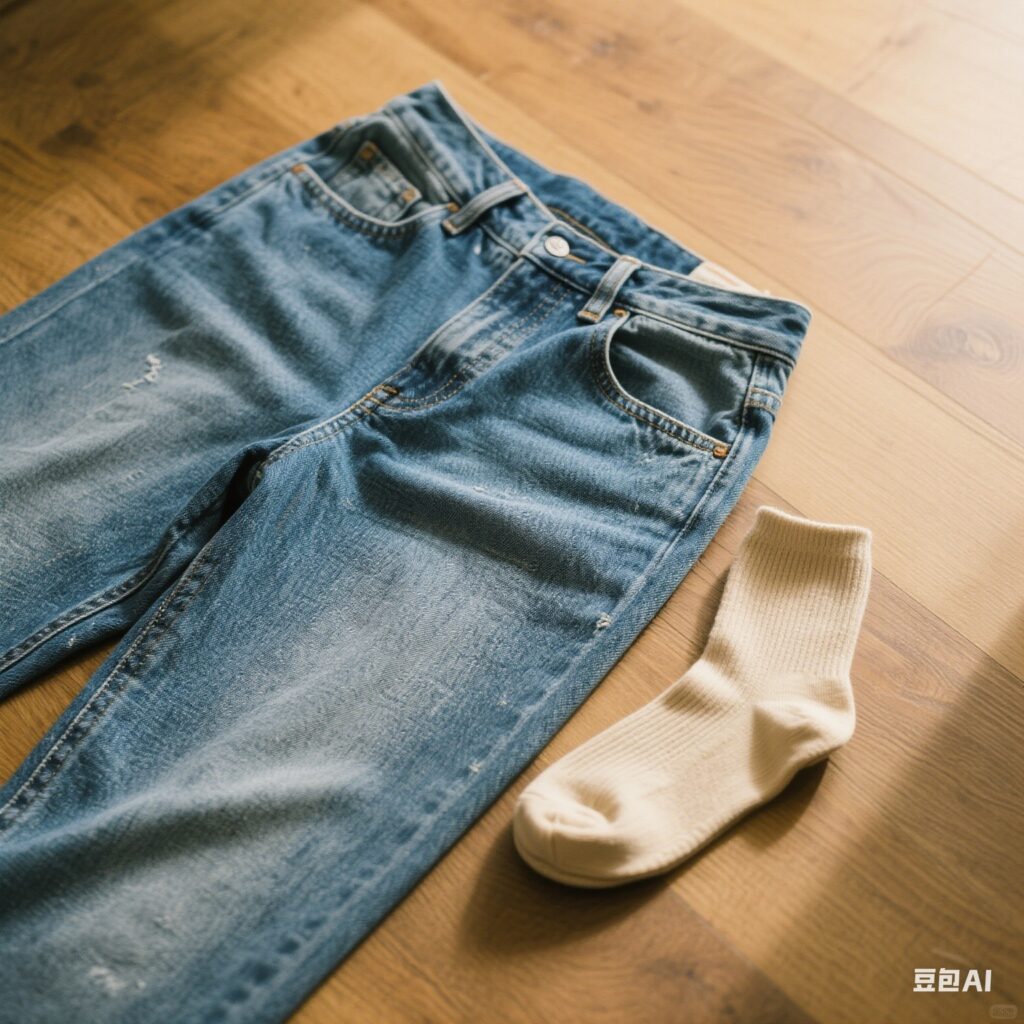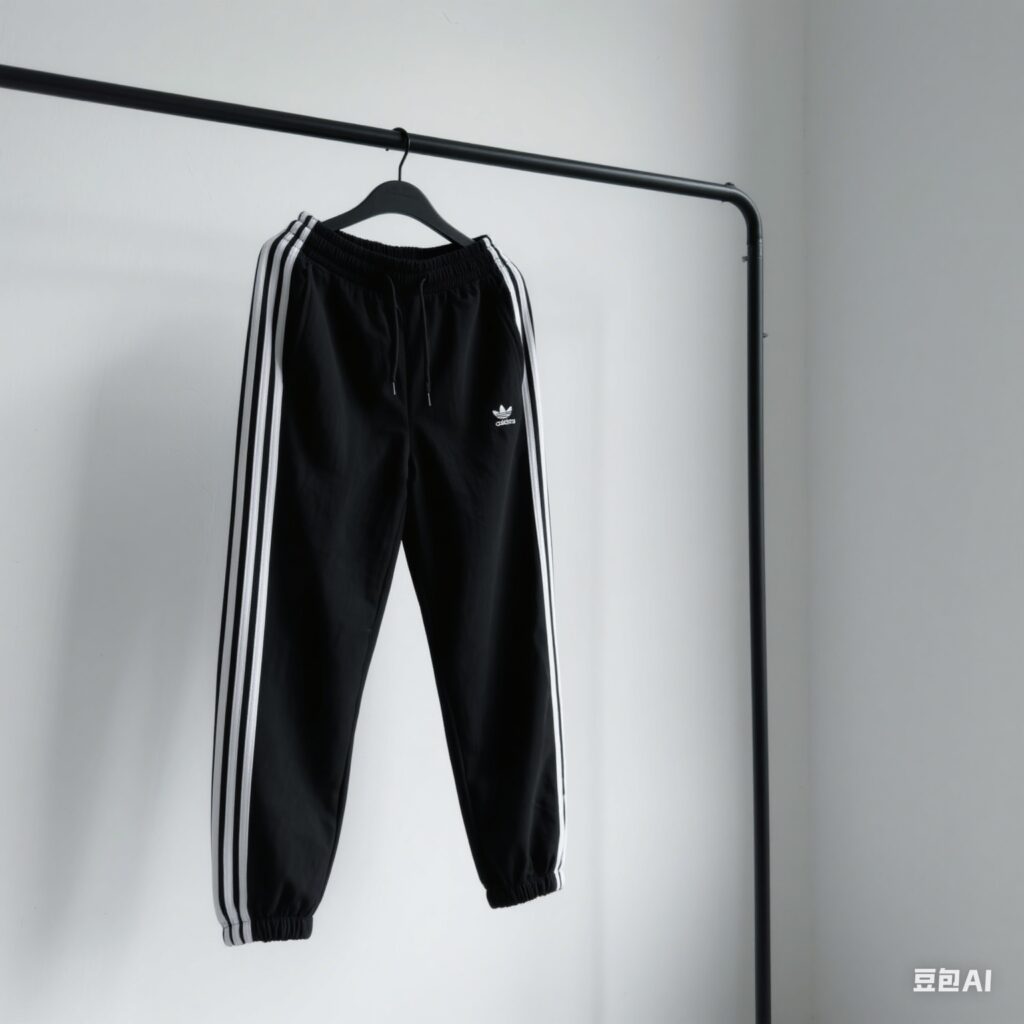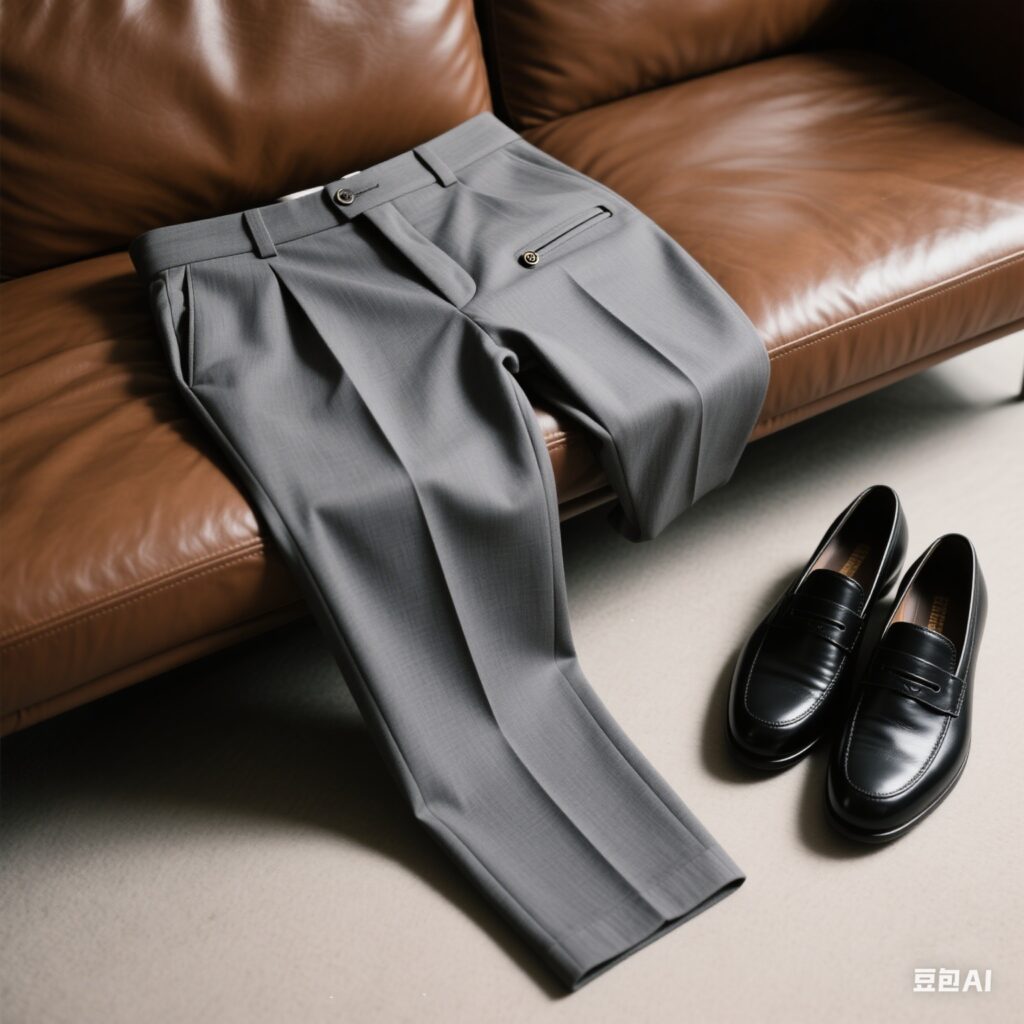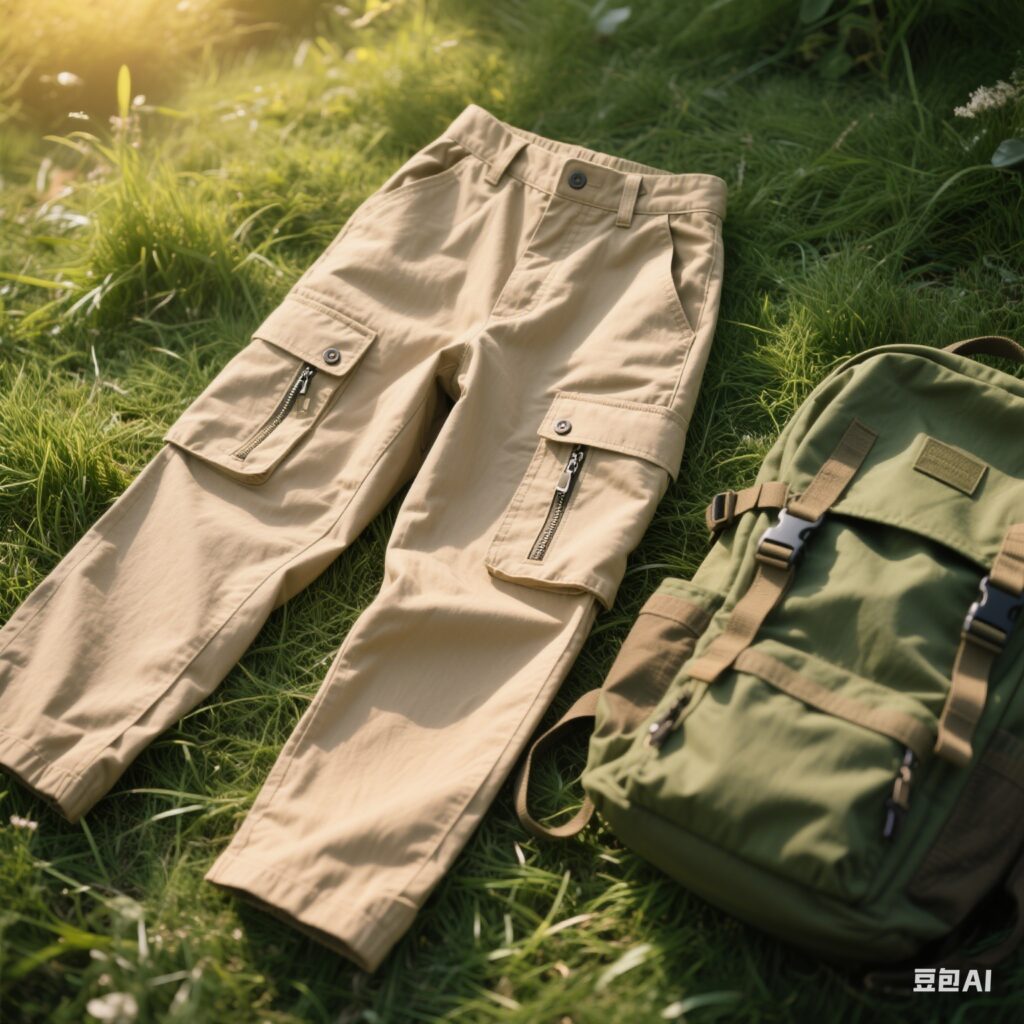Pants are a foundational piece of clothing, worn globally for their functionality, versatility, and fashion appeal. From rugged denim jeans to lightweight linen trousers, pants come in a variety of styles and materials designed to meet diverse needs and preferences. This blog delves into the materials, purposes, usage scenarios, and international classification codes (HS codes) associated with pants.




What Are Pants?
Pants are outer garments worn from the waist down, covering both legs separately. Historically associated with men’s fashion, pants are now a staple in wardrobes across all genders. Whether for casual wear, formal events, or rugged outdoor use, pants provide essential protection, comfort, and style.
Common Materials Used in Pants
The material used in pants greatly influences their look, feel, and functionality. Here are some of the most common fabrics:
- Denim: A durable cotton twill fabric commonly used in jeans.
- Cotton: Soft and breathable, ideal for casual pants and chinos.
- Wool: Insulating and warm, often used for dress trousers in cooler climates.
- Linen: Lightweight and breathable, perfect for summer wear.
- Synthetic Fabrics (Polyester, Nylon, Spandex): Used alone or blended with natural fibers for added stretch, durability, or weather resistance.
- Leather: Durable and stylish, often used for fashion-forward or protective pants.
Purpose and Function
Pants serve multiple practical and cultural purposes:
- Protection: Shields the legs from environmental elements and abrasion.
- Modesty: Provides coverage in accordance with cultural standards.
- Warmth: Offers insulation in cold weather.
- Fashion: Expresses individual style and complements various outfits.
Usage Scenarios
Depending on the material and design, pants can be used in various settings:
- Casual Wear: Everyday jeans, leggings, and chinos.
- Workwear: Professional or industrial pants designed for durability and style.
- Formal Wear: Dress pants often paired with suits.
- Outdoor Activities: Cargo pants or hiking trousers built for functionality.
- Sports & Exercise: Athletic pants like joggers or sweatpants.
Popular Types of Pants
Here are some common types of pants categorized by style and function:
- Jeans: Made of denim, featuring a five-pocket design.
- Chinos: Lightweight and versatile cotton twill pants.
- Dress Pants: Often made from wool or synthetic blends for formal wear.
- Cargo Pants: Known for multiple pockets and rugged construction.
- Joggers: Casual athletic pants with elastic waist and cuffs.
- Sweatpants: Comfortable and often made from cotton or fleece.
- Corduroy Pants: Characterized by a ridged texture and extra warmth.
- Trousers: A broader term encompassing formal pants.
- Capri Pants: Cut shorter to end below the knee.
- Leggings: Form-fitting and stretchy, typically made of synthetic materials.
HS Code Classification for Pants
When importing or exporting pants internationally, they must be classified under specific Harmonized System (HS) codes. These codes vary depending on gender, material, and intended use. Below are some examples:
| HS Code | Description | Total Tax Rate |
|---|---|---|
| 6103421040 | Men’s or boys’ cotton trousers, knitted or crocheted | 53.6% |
| 6103498024 | Men’s or boys’ trousers of other textile materials, knitted | 43.1% |
| 6104622006 | Women’s or girls’ wool trousers, knitted | 52.4% |
| 6104622011 | Women’s or girls’ cotton trousers, knitted | 52.4% |
| 6203420716 | Men’s cotton trousers, classified as recreational outerwear | 54.1% |
| 6203499045 | Men’s trousers of other textile materials | 40.3% |
| 6204628018 | Women’s cotton trousers | 54.1% |
| 6204637510 | Women’s synthetic trousers, including water-resistant or ski pants | 44.6% |